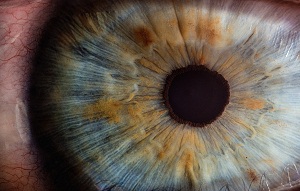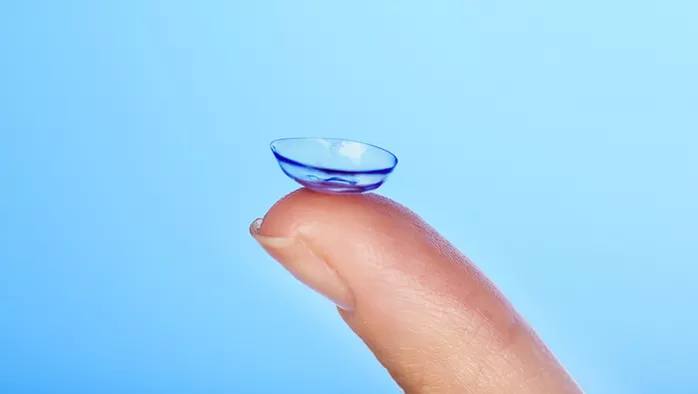Innovative Products from Around the World

Retinal implants can give artificial vision to the blind
Diego Ghezzi, who holds the Medtronic Chair in Neuroengineering (LNE) at EPFL’s School of Engineering and his team have been developing a retinal implant that works with camera-equipped smart glasses and a microcomputer. The camera embedded in the smart glasses captures images in the wearer’s field of vision, and sends the data to a microcomputer placed in one of the eyeglasses’ end-pieces. The microcomputer turns the data into light signals which are transmitted to electrodes in the retinal implant. The electrodes then stimulate the retina in such a way that the wearer sees a simplified, black-and-white version of the image. This simplified version is made up of dots of light that appear when the retinal cells are stimulated.
Computer model fosters potential improvements to ‘bionic eye’ technology
Researchers at Keck School of Medicine of USC develop signals that could bring color vision and improved clarity to prosthesis for the blind. Researches have cultivated progress with a pair of recent studies using an advanced computer model of what happens in the retina. Their experimentally validated model reproduces the shapes and positions of millions of nerve cells in the eye, as well as the physical and networking properties associated with them. Focusing on models of nerve cells that transmit visual information from the eye to the brain, the researchers identified ways to potentially increase clarity and grant color vision to future retinal prosthetic devices. Soft contact lenses eyed as new solutions to monitor ocular diseases
A team of researchers from Purdue University worked with biomedical, mechanical and chemical engineers, along with clinicians, to develop the novel technology. The team enabled commercial soft contact lenses to be a bioinstrumentation tool for unobtrusive monitoring of clinically important information associated with underlying ocular health conditions. The team has paved a unique way that enables the seamless integration of ultrathin, stretchable biosensors with commercial soft contact lenses via wet adhesive bonding. The biosensors embedded on the soft contact lenses record electrophysiological retinal activity from the corneal surface of human eyes, without the need of topical anesthesia that has been required in current clinical settings for pain management and safety.
Researchers Set New Resolution Record for Imaging the Human Eye
Researchers have developed a noninvasive technique that can capture images of rod and cone photoreceptors with unprecedented detail. The advance could lead to new treatments and earlier detection for retinal diseases such as macular degeneration, a leading cause of vision loss. For the new approach, the researchers generated a ring-shaped, or hollow, beam of light. Using this type of beam improved the resolution across the photoreceptors but at the expense of depth resolution. To regain the lost depth resolution, the researchers used a small pinhole called a sub-Airy disk to block light coming back from the eye. They showed that this imaging approach could be used to enhance a microscopy technique called non-confocal split-detection, which is used to acquire complementary views of the photoreceptors.
| |





